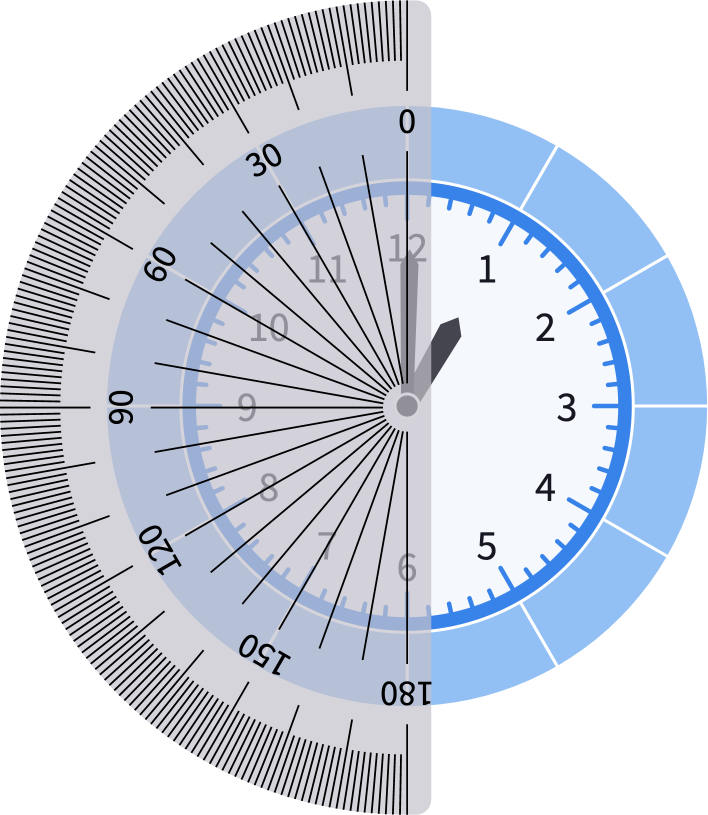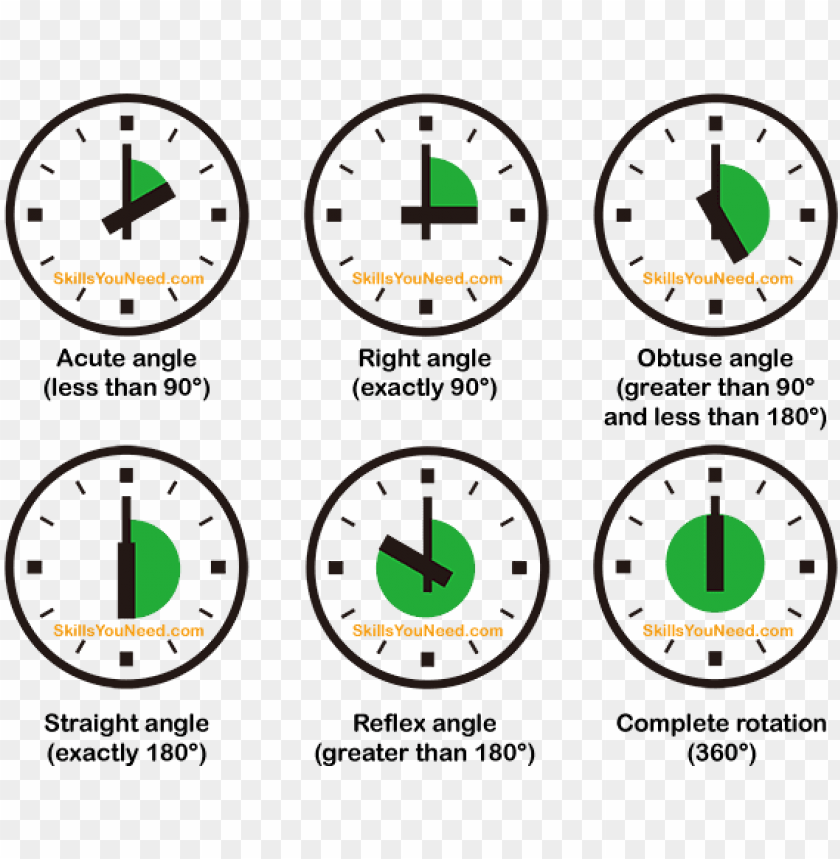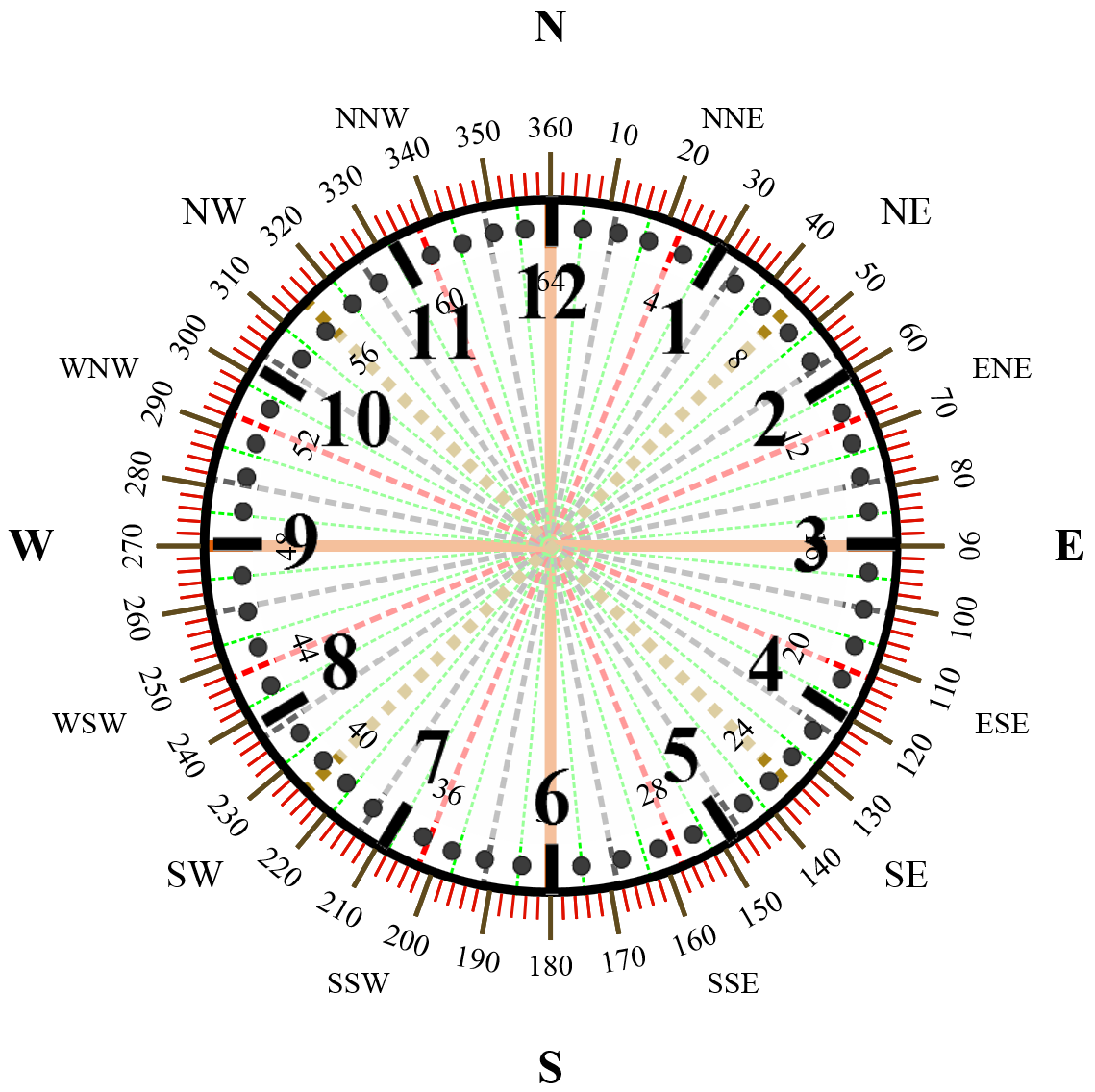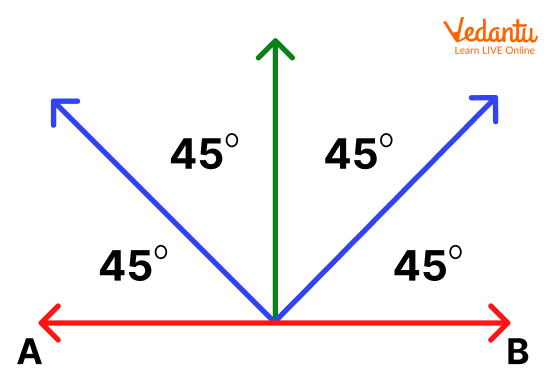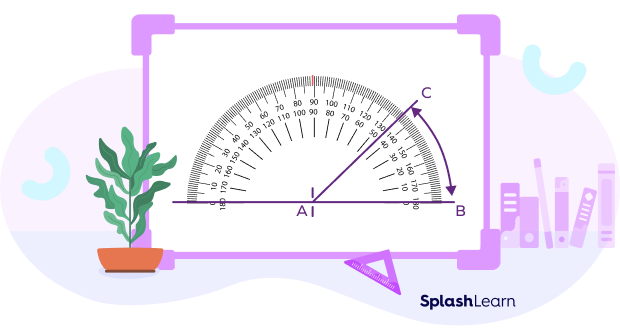How To Offset Watch Face By 45 Degree Angle

The late afternoon sun cast long shadows across Amelia’s workshop, dust motes dancing in the golden light. Her brow furrowed in concentration, she meticulously adjusted a tiny screw on the back of a vintage wristwatch. It wasn't just about fixing a timekeeping device; it was about breathing new life into a piece of history, a silent testament to a bygone era of intricate craftsmanship and personal connection. A quiet satisfaction settled upon her as the balance wheel began its rhythmic tick-tock, a miniature heart beating once more.
This intricate work hints at a niche practice gaining quiet momentum among watch enthusiasts: offsetting the watch face by a 45-degree angle. While seemingly a minor adjustment, this modification offers a unique blend of ergonomic benefits and aesthetic individuality, inviting wearers to experience time in a subtly different way.
The Genesis of an Idea
The concept of altering a watch face's orientation isn't entirely new. Historically, specific professions, such as drivers and pilots, have favored watches with faces angled for easier reading while their hands remain on the controls. These specialized timepieces, often referred to as “driver’s watches” or “pilot’s watches”, prioritize functionality above all else.
However, offsetting the watch face by 45 degrees represents a departure from this purely practical approach. It leans more towards personalization and a refined appreciation for horological design.
A Nod to Ergonomics
One of the primary draws of this modification is improved ergonomics. With the crown typically located at the 3 o’clock position, rotating the face 45 degrees shifts it to a more comfortable position, minimizing wrist impingement, especially during activities that involve repetitive hand movements. This can be particularly beneficial for individuals who spend extended periods typing or working at a desk.
According to a 2022 study published in the Journal of Hand Surgery, wrist strain and carpal tunnel syndrome are often exacerbated by prolonged wrist flexion and extension. While the study didn’t specifically address watch face angles, it highlighted the importance of maintaining a neutral wrist position to reduce discomfort.
By subtly altering the watch's orientation, wearers can potentially alleviate pressure points and promote a more natural wrist posture. It's a small adjustment that can make a noticeable difference over time.
A Canvas for Individuality
Beyond ergonomics, the 45-degree offset allows watch owners to inject a unique element of style into their timepieces. In a world of mass-produced goods, this subtle alteration becomes a powerful statement of individuality.
It transforms a familiar object into something distinctly personal. The shift invites a new perspective, a chance to engage with time in a fresh and unconventional way.
The Art of Modification
While the concept is simple, executing a 45-degree offset requires a degree of technical skill and specialized equipment. The process typically involves removing the movement from the case, realigning the dial and hands, and re-casing the watch with the new orientation.
Some watchmakers offer custom case modifications to accommodate the offset, while others utilize specialized adapters that allow the movement to be rotated within the existing case. The choice often depends on the specific watch model and the desired aesthetic.
It’s essential to seek the expertise of a qualified watchmaker with experience in this type of modification. Attempting to alter the watch yourself can lead to irreversible damage and void any existing warranties. This is a delicate procedure requiring precision and a deep understanding of watch mechanics.
A Growing Community
Online forums and social media groups dedicated to watch collecting have witnessed a surge in interest in this particular modification. Watch enthusiasts share their experiences, showcasing their personalized timepieces and discussing the technical aspects of the process.
These online communities serve as valuable resources for individuals looking to learn more about the 45-degree offset. Members often provide recommendations for reputable watchmakers and offer guidance on selecting the right components for the modification.
The trend underscores a growing desire among watch wearers to personalize their timepieces. It reflects a desire to move beyond mere timekeeping and embrace watches as an expression of individual style and craftsmanship.
Considerations and Caveats
It is important to acknowledge that offsetting the watch face may not be suitable for all timepieces. Certain watch designs, particularly those with integrated bracelets or asymmetrical cases, may not lend themselves well to this modification. It's also crucial to consider the impact on the watch's resale value. Altering a watch from its original factory condition can potentially reduce its market value.
Before proceeding with any modification, it's advisable to consult with a reputable watch appraiser to assess the potential impact on value. A informed decision is always the best practice.
The Enduring Appeal of Time
The appeal of offsetting a watch face by 45 degrees lies not just in its ergonomic benefits or aesthetic novelty, but in its ability to deepen our connection with time itself. In a world dominated by digital screens and instant gratification, a mechanical watch represents a tangible link to a slower, more deliberate pace of life. It's a reminder to appreciate the artistry and craftsmanship that go into creating these intricate machines.
By personalizing their timepieces, watch wearers are not simply telling time; they are curating an experience, shaping a narrative, and embracing the beauty of individuality in a world that often prioritizes conformity. The subtle tilt of the face becomes a quiet symbol of independence, a reminder to view the world, and indeed time itself, from a slightly different angle. This personalized approach speaks to the enduring human desire to make our mark on the world, one tick-tock at a time.


